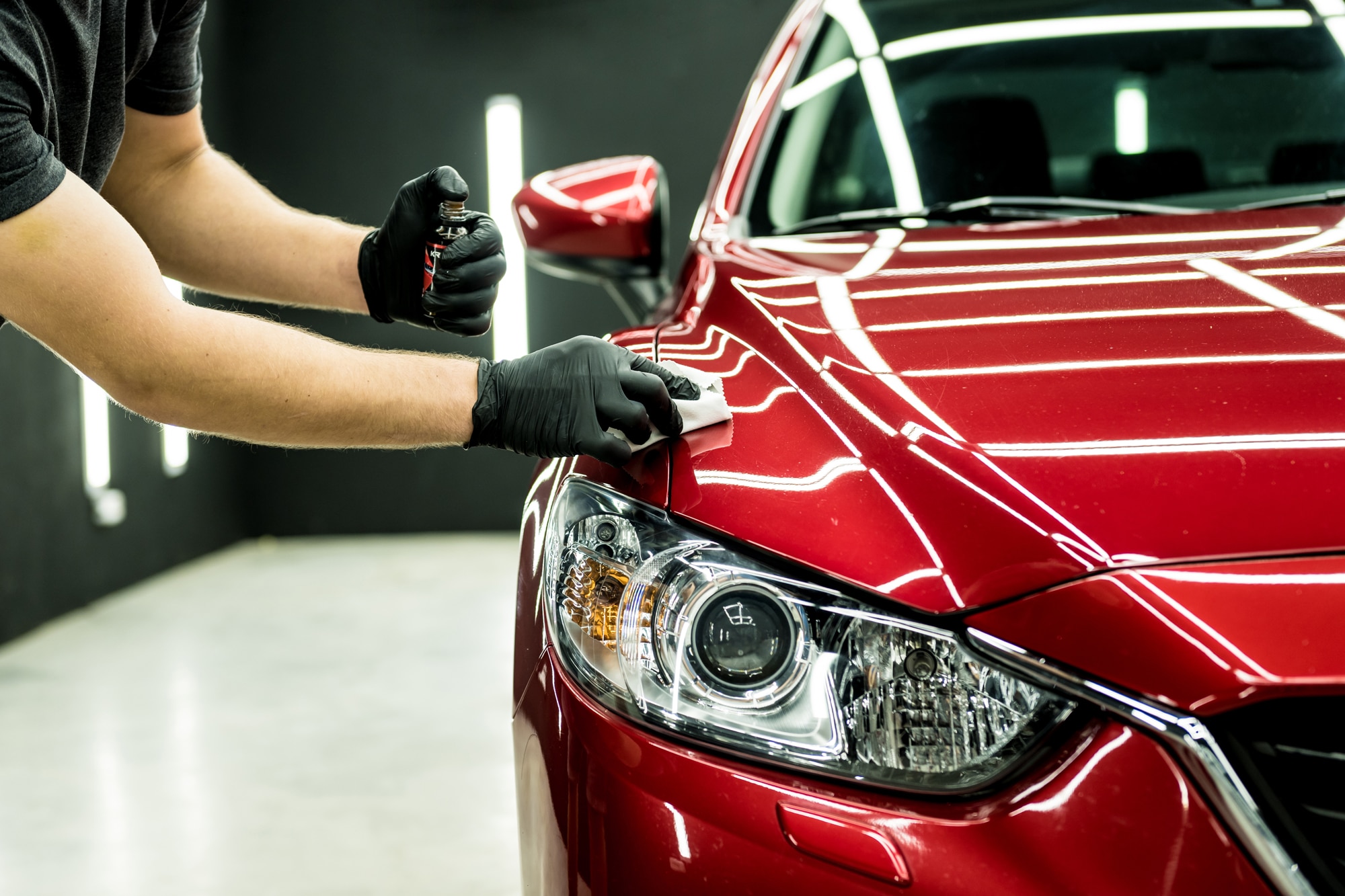A Comprehensive Guide to the Kinds Of Ceramic Finishing on the Market
Ceramic coverings have emerged as a crucial solution across various industries as a result of their one-of-a-kind buildings and applications. From silica-based formulas recognized for their toughness to hybrid alternatives that combine multiple advantages, the options readily available can be overwhelming. Comprehending the subtleties of each type, including their particular benefits and perfect use situations, is essential for making educated decisions. As we explore the distinctive qualities and applications of these coatings, the ramifications for efficiency and long life come to be progressively apparent, raising concerns about which kind may finest match your needs.
Comprehending Ceramic Coatings
Ceramic coatings are advanced protective options that have actually gotten appeal in various markets, particularly in auto and aerospace applications. These layers consist of a liquid polymer that, when cured, develops a resilient, hydrophobic layer on the surface area of the substratum. This layer supplies enhanced resistance to ecological impurities, UV radiation, and chemical exposure, therefore extending the life and visual allure of the underlying material.
The basic component of ceramic finishings is silica, which adds to their hardness and sturdiness. The application procedure normally entails surface area preparation, application of the layer, and healing, which can be accomplished with warmth or UV light. As soon as treated, ceramic layers display phenomenal bonding homes, permitting them to adhere strongly to a selection of surfaces, consisting of steels, plastics, and glass.
In enhancement to their protective features, ceramic finishings also supply convenience of upkeep. Their hydrophobic nature lowers the adherence of dust and gunk, making cleansing simpler and much less regular. Generally, the adoption of ceramic coverings represents a considerable innovation in surface protection modern technology, giving both practical and visual benefits throughout numerous markets.
Types of Ceramic Coatings
Numerous sorts of ceramic finishings are offered, each created to meet particular efficiency demands and applications - Auto Detailing. One of the most usual types include:
Silica-based Coatings: These coatings mainly consist of silicon dioxide and are recognized for their resilience and chemical resistance. They are extensively made use of in auto and commercial applications.
Titanium Dioxide Coatings: Distinguished for their photocatalytic residential or commercial properties, titanium dioxide layers are commonly applied in settings where self-cleaning and antifungal properties are preferable, such as in structure products and automobile finishes.
Zirconia Coatings: Characterized by their high-temperature stability and thermal resistance, zirconia coatings are utilized in applications such as wind turbine engines and high-performance auto elements.
Alumina Coatings: Exhibiting exceptional firmness and thermal security, alumina finishes are regularly used in wear-resistant applications, including reducing tools and industrial machinery. - scratch site web repair sarasota
Hybrid Coatings: Combining the buildings of various products, crossbreed coatings use enhanced efficiency attributes, making them appropriate for unique and demanding applications.
Each kind of ceramic layer serves distinct functions, allowing users to choose one of the most proper option based on details ecological conditions and efficiency demands.
Advantages of Ceramic Coatings
Ceramic layers, in particular, offer countless benefits that make them increasingly prominent amongst makers and consumers alike. These coverings are immune to scrapes, chemicals, and UV rays, guaranteeing that the underlying surface area remains protected over time.
Along with sturdiness, ceramic coverings supply exceptional hydrophobic residential or commercial properties, enabling very easy cleansing and maintenance. This water-repellent nature lessens the adherence of dirt, grime, and various other impurities, which can lengthen the visual allure and functionality of the surface area. In addition, ceramic finishes can significantly boost thermal resistance, making them ideal for applications that endure heats.

Application Refine
When applying ceramic finishings, a precise technique is important to achieve ideal results. A clean surface makes certain correct bond of the coating.
As soon as the surface is prepped, the next step is to use the ceramic finishing. This can be done using an applicator pad or a microfiber cloth, making certain even insurance coverage. It is critical to operate in tiny sections to keep control and protect against early healing. The finish ought to be applied in slim layers, as thicker applications can bring about unequal surfaces.
After application, the covering requires a particular healing time, commonly ranging from a few hours to a full day, depending on the item. Throughout this time around, it is important to avoid exposure to moisture or pollutants. Ultimately, a mild buffing might be required after healing to improve the gloss and get rid of any kind of high places. Following these actions vigilantly will make best use of the efficiency and longevity of the ceramic layer, supplying a durable safety layer for the surface area.
Maintenance and Longevity
To guarantee the long life and efficiency of a ceramic covering, normal upkeep is essential. Ceramic coatings, recognized for their sturdiness and protective top qualities, call for details treatment regimens to optimize their life expectancy and efficiency. The very first step in upkeep involves routine washing with pH-neutral soap, staying clear of rough chemicals that can deteriorate the layer. It is recommended to clean the automobile frequently, preferably every two weeks, to stop the buildup of contaminants that could jeopardize the finish's integrity.
Along with normal washing, regular inspections are critical. Try to find indications of wear or damage, such as hydrophobic properties lessening or surface area imperfections. If required, a light polish may be used to rejuvenate the layer without stripping it away.
In addition, the application of a booster spray can improve the finishing's hydrophobic impacts and restore its gloss. This is specifically useful for coverings that have actually remained in use for an extensive period. Inevitably, by sticking to these upkeep practices, one can considerably extend the life of a ceramic finishing, ensuring that it continues to provide optimum protection versus ecological aspects and keep the visual appeal of the car.
Final thought
